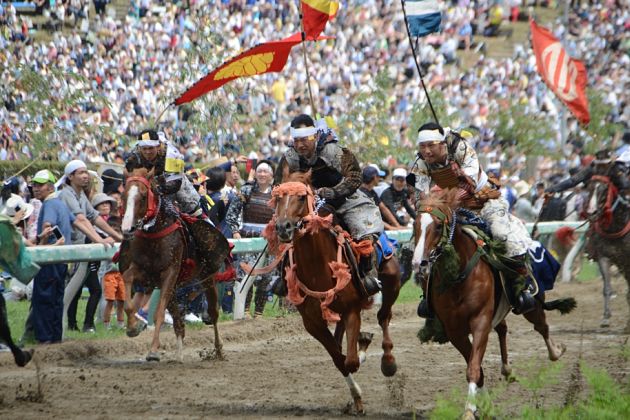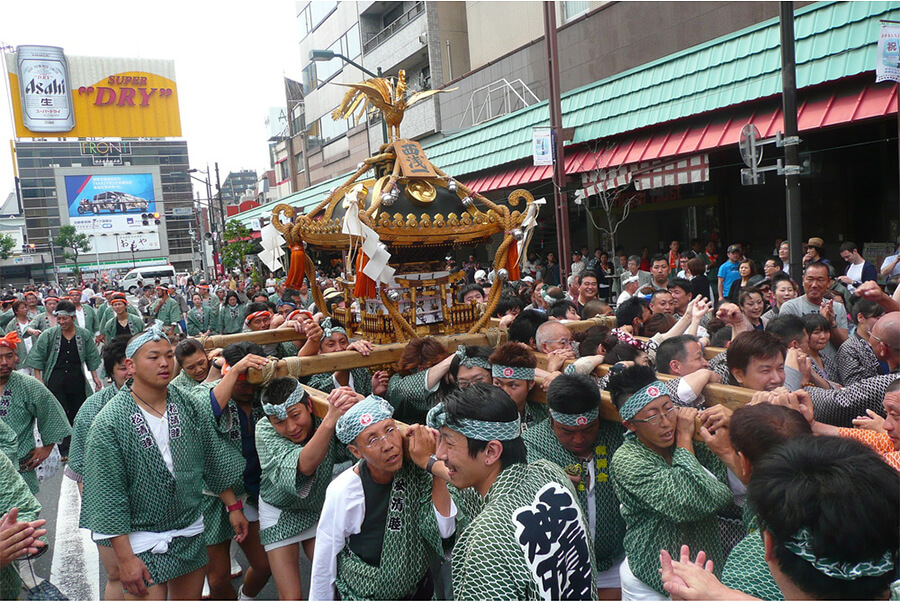No products in the cart.
Japan Travel Information
Top 6 Best & Unique Festivals in Japan
Although there are more than 300,000 traditional festivals (or called Matsuri) abound in Japan and quite different in each area, whenever Japanese festivals are mentioned, people will think of the warmer months with full of Japanese celebration. However, Japanese Matsuri can be held throughout the year. Thus, whenever your Japan shore excursions start, you can always indulge in traditional festivals with the sound of traditional drums or the cheerful screams every weekend. Fortunately, visitors might have a chance to watch the famous summer fireworks at the end of the day. Asia Shore Excursions would like to recommend tourists a list of unique festivals in Japan from traditional events to modern events.
Sanja Matsuri – 700-Year-Old Asakusa Festival
If travelers in Japan shore excursions are interested in seeing people accompanying portable shrines, Sanja festival must be on their itinerary. Sanji Matsuri, one of the biggest Japanese festivals in Tokyo and celebrated for over 700 years. It annually takes place in three days on Friday, Saturday, and Sunday in May with about 1,500,000 participants consisting of a big procession of priests, city officials, geisha, musicians and dancers wearing Edo Period costumes.
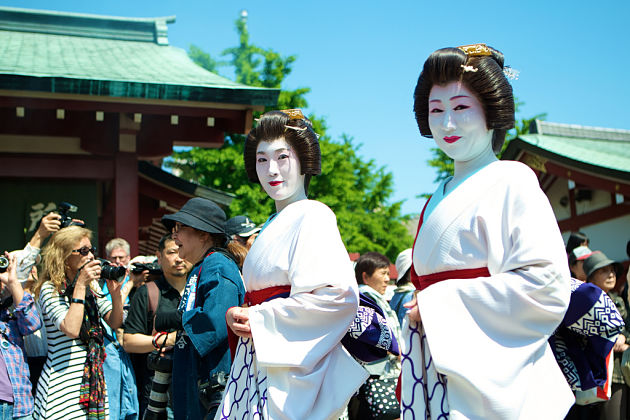
Sapporo Yuki Matsuri - Snow Festival
Sapporo Snow Festival is on-top-winter attractions in Japan shore excursions and held annually during one week every February in the capital of Sapporo, Hokkaido. The event was firstly started in 1950, since a joy of high school children when building a few snow statues and currently it has developed into a commercialized event with may spectacular snow and ice sculptures which attracting a huge number of overseas visitors.
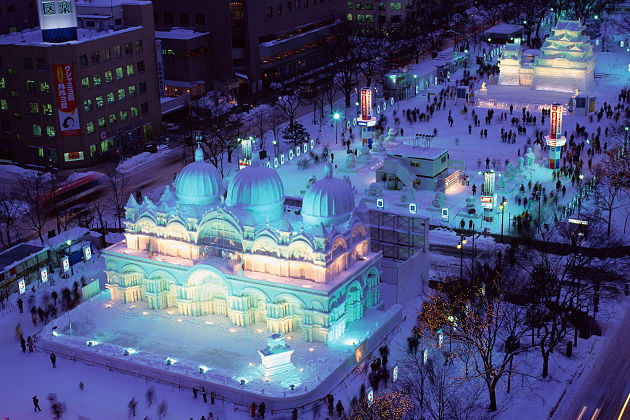
Kanamara Matsuri in Kawasaki – Celebrating Fertility and Gender Plurality
Kanamara is an annual festival held in April in Kawasaki and its worldwide fame has known as the “phallus festival” or “penis festival” due to its unusual movable shrines. Kanamara Matsuri has a special feature that is a unique penis- shaped snacks and eerie souvenirs in the celebration of fertility and gender. Besides relishing the atmosphere of the festival, Kanamara Matsuri is scared destination for global trippers in Japan shore trips to pass through a long distance to wish for children and for the world without discrimination when it comes to gender identity.
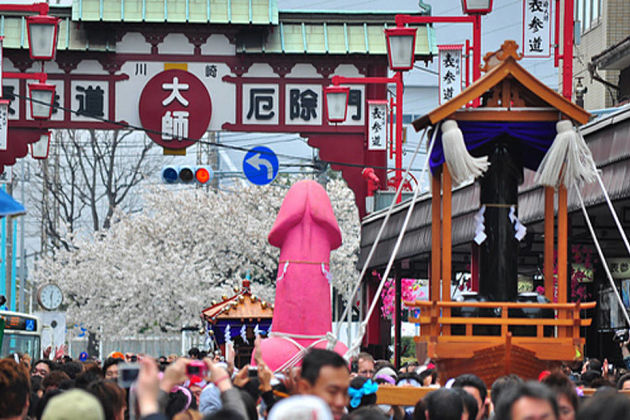
Kanda Matsuri – Experience the Heian Period in Tokyo
In your Japan shore excursions, you couldn’t miss out on the Kanda Matsuri. This is one of the biggest festivals in Japan and a festival for the Kanda Myojin Shrine. All main activities will take place during the middle of May, it is around the 15th of May.
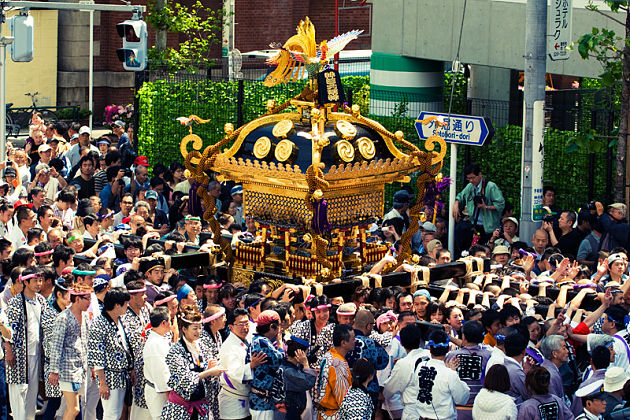
Gion Matsuri – Painting Kyoto in Plentiful Colors
Gion Matsuri, celebrated in July, is one of the three biggest festivals in Japan. Even though visitors of Japan shore excursions from many countries can enjoy the matsuri during the entire month of July, the highlight is the grand procession of floats named “Yamaboko Junko” on 17th and 24th.
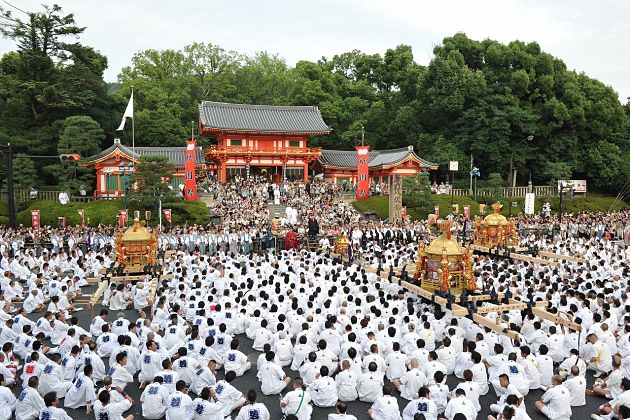
Although the daytime festivities is too crowd, visitors should stay until dark because there is a lot of sparkling scenes as lanterns on the floats. The best thing that most visitors feedback is that join in the matsuri as if they can travel back in time to discover a traditional Japan. If your itinerary is set in summer, don’t forget to visit Kyoto and the fabulous Gion Matsuri.
Soma Nomaoi – The Samurai Spirit
Tourists in Japan shore excursions participate in Soma Nomaoi, a Significant Intangible Folk Cultural Asset of Japan, as if dating back over a thousand years, undergoing the martial skill and horse riding as Samurai does. Soma Nomaoi is celebrated in Soma District, which has long been a horse-breeding region and easily reaches by bus, train or rented car and takes place on the last weekend in July. The Soma Nomaoi Matsuri originally organized as a military exercise by the founder of Soma Clan called Taira no Kojiro Masakado. The event has been preserved through the flow of history, a descendant of the Soma clan currently assumes the role of supreme commander in the festival.
